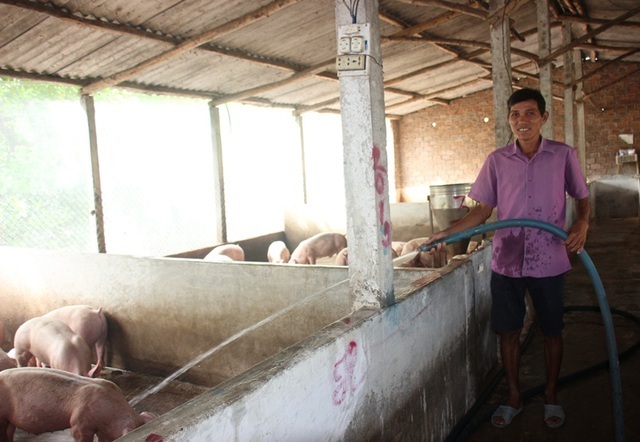Vietnam obtained a high 7.02 percent GDP growth rate in 2019, which far exceeded the forecasted figures by international institutions (ADB predicted 6.9 percent and the World Bank 6.8 percent).

However, the encouraging result didn’t mean acgood performance for the next year, because challenges began arising in the last months of 2019.
The first challenge is the slowdown in the development of the manufacturing and processing industries. As the key industries determining the economic development, the growth rates of the industries tended to decrease towards the end of 2019, which brought about the slowdown of the industry and construction sector.
| As of the end of Q1 2019, the processing and manufacturing sector grew by 12.35 percent compared with the same period of the year before. But in the last three months of the year, the growth rate was approximately 10 percent only. |
As of the end of Q1 2019, the processing and manufacturing sector grew by 12.35 percent compared with the same period of the year before. But in the last three months of the year, the growth rate was approximately 10 percent only.
In 2019, the processing and manufacturing industries had the growth rate of 11.29 percent, the 3-year lowest growth rate. As a result, the industry and construction sector only got the growth rate of below 8 percent in Q4.
“The gradual decrease in the processing and manufacturing industries’ growth in the last months of 2019 showed the difficulties for the next year,” said Nguyen Bich Lam, general director of the General Statistics Office (GSO).
The reason, according to GSO, was in the differential contributions by Vietnamese and foreign invested enterprises. The industries are still heavily reliant on a few foreign invested enterprises, especially Samsung.
In November 2019, the industrial production growth rate was 5.4 percent only, the lowest month-over-month growth of 2019. This was attributed to the slowdown of electronics and computer manufacturing.
The second big challenge lies in export activities. In 2019, Vietnam for the first time had import/export turnover of over $500 billion and a trade surplus of $9.9 billion. However, there are still latent risks.
The average export price of farm produce items decreased in comparison with the previous years. This, plus the sharp fall in the output of some items, created a gloomy picture of farm produce export in 2019.
The exporters of six export items which had export turnover of over $10 billion in 2019 were mostly foreign invested enterprises (FIEs). The enterprises exported 95 percent of mobile phones and phone accessories which made up 1/5 of total export turnover in 2019. The figures were 82.3 percent in electronics and computers, 76.5 percent in footwear and 58.9 percent in textiles and garments.
The third challenge lies in the goods price management. The pork price increase led to the high CPI increase of 1.4 percent in December 2019, a 9-year high.
Thanh Lich

Private sector must drive economy: academic
Associate Professor Dinh Trong Thinh of Academy of Finance talks about the important role of the private sector in the national economy.

High level of overseas remittances shows confidence in Vietnam’s economy
The amount of overseas remittances, or ‘kieu hoi’ as called by Vietnamese, continues to increase, which shows that people see great business opportunities in the country.
 Many problems arose in the last months of 2019, which sparked the worry that 2020 would be a tough year for Vietnam’s economy.
Many problems arose in the last months of 2019, which sparked the worry that 2020 would be a tough year for Vietnam’s economy.